Introduction
Assistive listening devices can connect to an audio signal. They are useful in any environment where users are physically separated from the audio source, such as on public transport, in a church, whilst watching television or in a lecture theatre. Because they are hidden from view, it's often a mystery how they operate and how users should connect to them.
There are 3 main types of assistive listening systems
- Audio-frequency Induction Loops (IL)
These systems involve the installation of a physical loop made of copper wire. An electromagnetic field is created that users with hearing aids can connect to by switching on a telecoil.
- VHF Frequency-Modulated radio systems (FM)
These systems use an FM radio signal to communicate between the transmitter and the user's receiving device. Often the receiving device connects to the user hearing aid using bluetooth.
- Infrared light transmission systems (IR)
These systems require an unblocked line between the transmitter and receiver.
Audio-frequency Induction Loops (IL)

An induction loop system broadcasts room audio via an electromagnetic field created by a concealed wire running along the perimeter of the room. The microphone used by the speaker delivers electromagnetic signal along the wire to the user's hearing aids. No additional receiver is required as the system relies on built in telecoil inside the hearing aid.
Signal Strength
The strength of the electromagnetic field within a hearing loop can vary. This affects the quality of audio being received by a hearing aid. The hearing loop signal can be measured using a Field Strength Meter.
I didn't know there was a specific spot to sit. I just sit at the front and hope for the best.
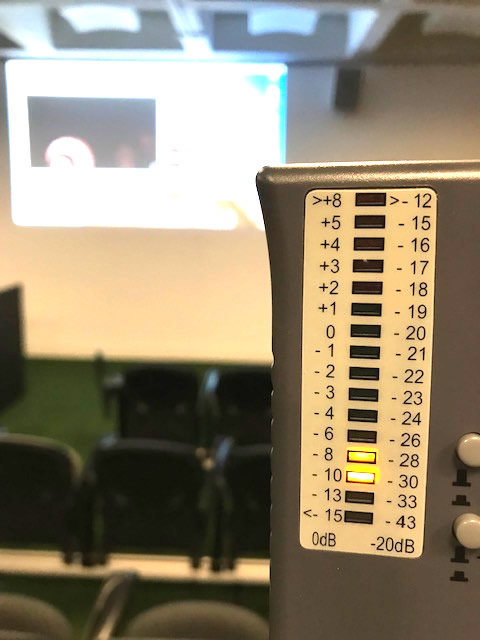
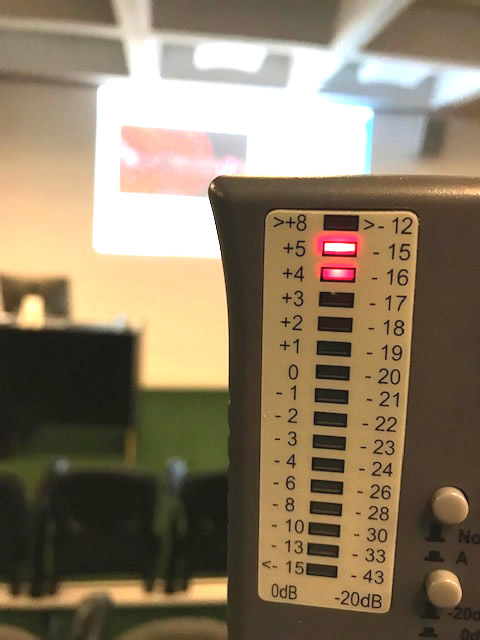
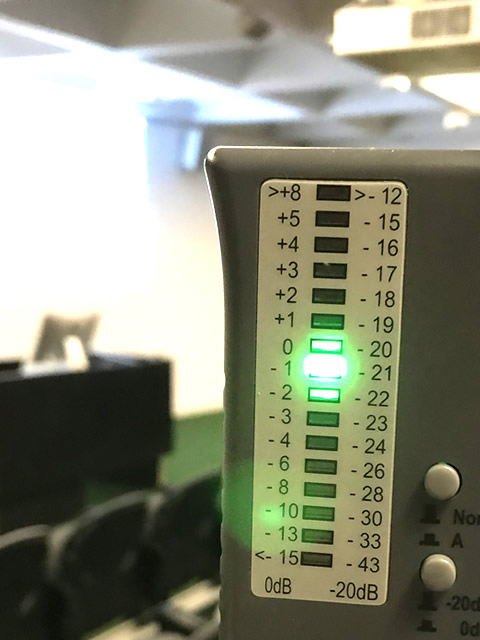
Before I used a hearing loop, I was guessing a lot of the words the lecturer was saying in class
Using a hearing induction loop
- If your hearing aids have a telecoil, you can turn it on via a remote controller or a program button on the hearing aid. It then connects to the hearing loop system.
- Using a hearing induction loop is super convenient! There is no additional equipment that you need apart from your hearing aids and the built in telecoil.
- If your hearing aids are not compatible or do not contain a telecoil, you can get a loop receiver to access a hearing induction loop. Speak to your audiologist about possible accessories to help you access hearing loops.
Things to be aware of when using a hearing induction loop
- Background noise is reduced when the telecoil is turned on, this makes the speaker’s voice clearer.
- When connected to a hearing loop, you may struggle to hear those speaking around you. Your hearing aid will be focused on sound coming from the hearing loop rather than the conversations around you. When the telecoil is turned off, your hearing aid should return back to normal hearing levels again.
- A Hearing Loop system is great for listening over long distances, such as those in a lecture room. The electromagnetic signal range is sufficient enough to cover most areas in the room. Check the hearing loop seating plans to identify optimal seating.
Hear for yourself what it's like with and without a hearing loop!
There are many other hearing loop solutions available outside the classroom
VHF Frequency-Modulated radio systems (FM)
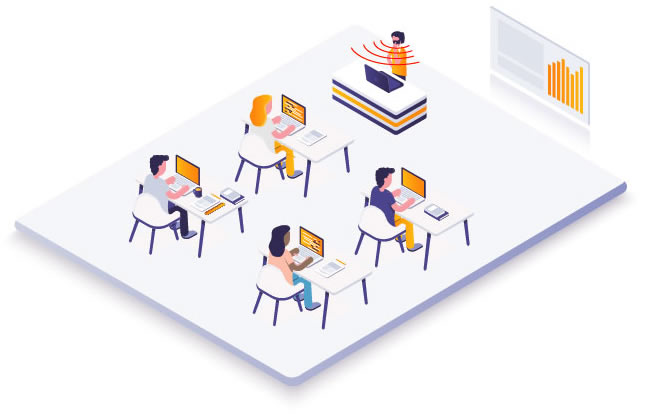
VHF systems use an FM radio signal to communicate between the transmitter and the user's receiving device. The speaker talks into a microphone which is connected to a transmitter that broadcasts a signal to a receiver. The receiver is either connected to the user’s hearing aids or to a headset worn by the user. FM devices are commonly used by those who are hard of hearing in classrooms, meetings and conference environments.
What are personal FM devices?
- FM devices are accessories that can be used alone or with your hearing aids.
- FM devices are portable and are preferred for listening where there is loud background noise such as in a classroom.
- The range for FM systems is up to 45 metres
FM devices include:
- A microphone transmitter that you give to the speaker during class. There are many kinds, depending on the kit you have:
- Lapel mic: clipped onto person’s shirt
- Table-top mic: placed on table
- Boom mic: looks like a pop star microphone, worn on the head
- A receiver that you wear around the neck or clip onto your hearing aids to get the signal.
- Ear level receiver: receiver is equipped on the hearing aid. Sound is directly received by the hearing aid
- Neckloop receiver: receiver is worn around the neck and transmits the FM signal to the hearing aids
With the FM device I could hear so much better in background noise
Tips for using personal FM devices
- Make sure to give the speaker the transmitter microphone before the class begins and make them aware of what it’s for. You might say:
- “Hi, I have trouble hearing in class and it would help me hear better if you used this microphone that connects to my hearing aids/cochlear implant”
- Sit in a place where you can get good signal strength, this reduces the likelihood of interference.
- Make sure your devices are charged before using them! FM devices last hours before they go flat but to be safe, charge them each night before class. There is nothing worse than getting to class and realizing your device has ran out of battery! If this does happen, sit where you can comfortably hear and lip read.
- Lastly, FM devices are portable and easy to use but you may need to get funding or pay extra for these accessories. Speak to your audiologist to see what they can do to help.
What are public FM devices?
- Public FM systems are sometimes in larger venues, like cinemas.
- The signal is broadcast to the whole room and individual listening devices are made available. These listening devices are often a receiver with a neckloop.
- Listening devices can be made hearing aid compatible via a telecoil or with hearing aids that have a telecoil. In fact, if a student is very hard of hearing, they must use a neckloop and the telecoil – because simple headphones would not be loud enough.
- View FM hearing devices.
Infrared light transmission systems (IR)
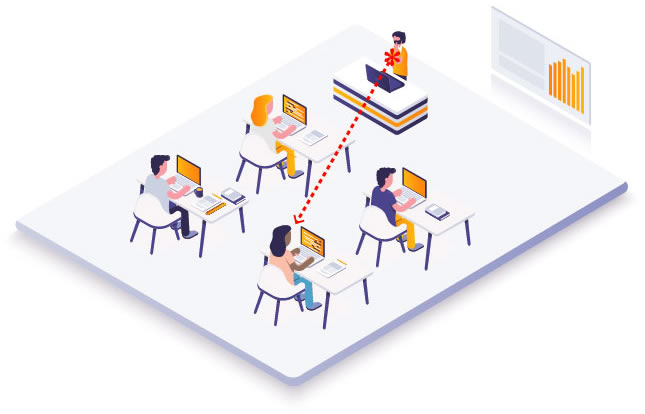
Infrared systems are similar to FM systems but use light waves to send signals from a transmitter to a receiver. A common example of a device that uses IR signals is a tv remote. When there's an object blocking the remote from the tv, you'll notice that you can't change the channel. Likewise, when using IR devices in a classroom, there needs to be an unblocked path between the speaker and the listener for the IR devices to work properly.
Using IR systems in class
- Like FM, IR systems are another possible solution if your hearing aids don’t have telecoil. They are a less popular choice than FM systems as they only work when there’s a clear path between the transmitter and receiver.
- IR systems are limited to indoor use. The signal is interrupted by sunlight when used outdoors during the day. If you’re looking for devices to use outdoors, do not choose IR. FM devices are a more suitable option.
Assistive Listening Devices Compared
Features | Hearing Loop | FM | IR |
|---|---|---|---|
Receiver required | No | Yes | Yes |
Long distance | Yes | Yes | No |
Requires telecoil | Yes | Depends. | Depends. |
Reduced background noise | Yes | Yes | Yes |
Additional costs to hearing aids | No | Yes | Yes |
Additional Information
Banner image: University of Liverpool